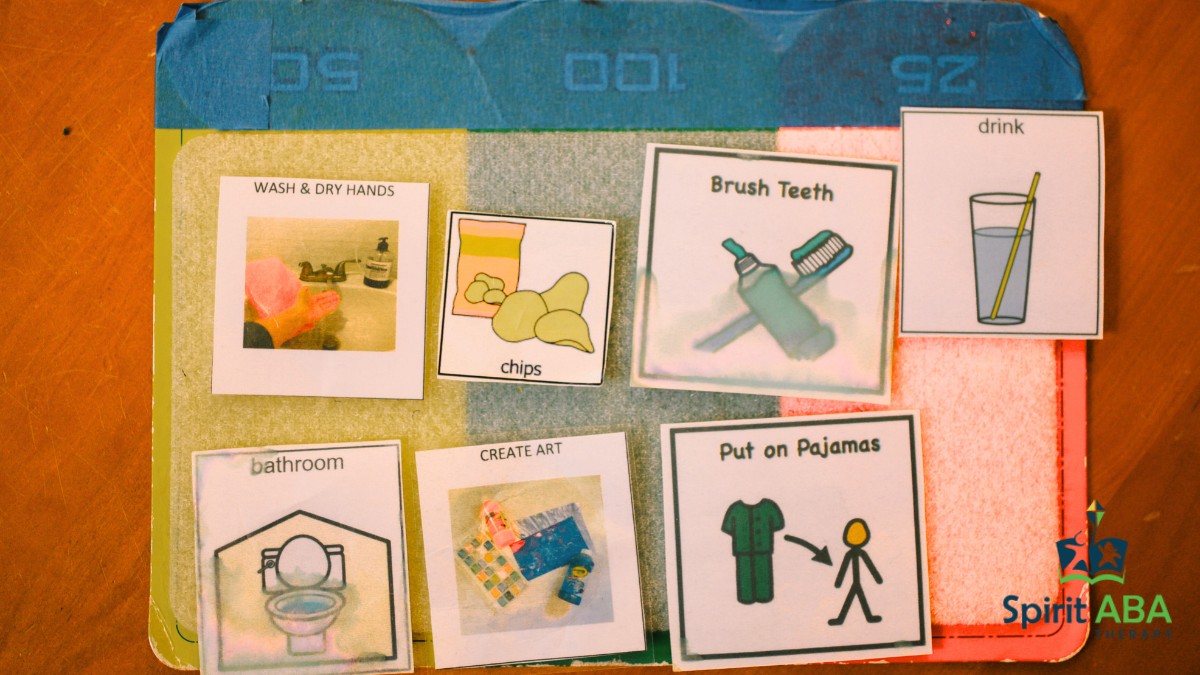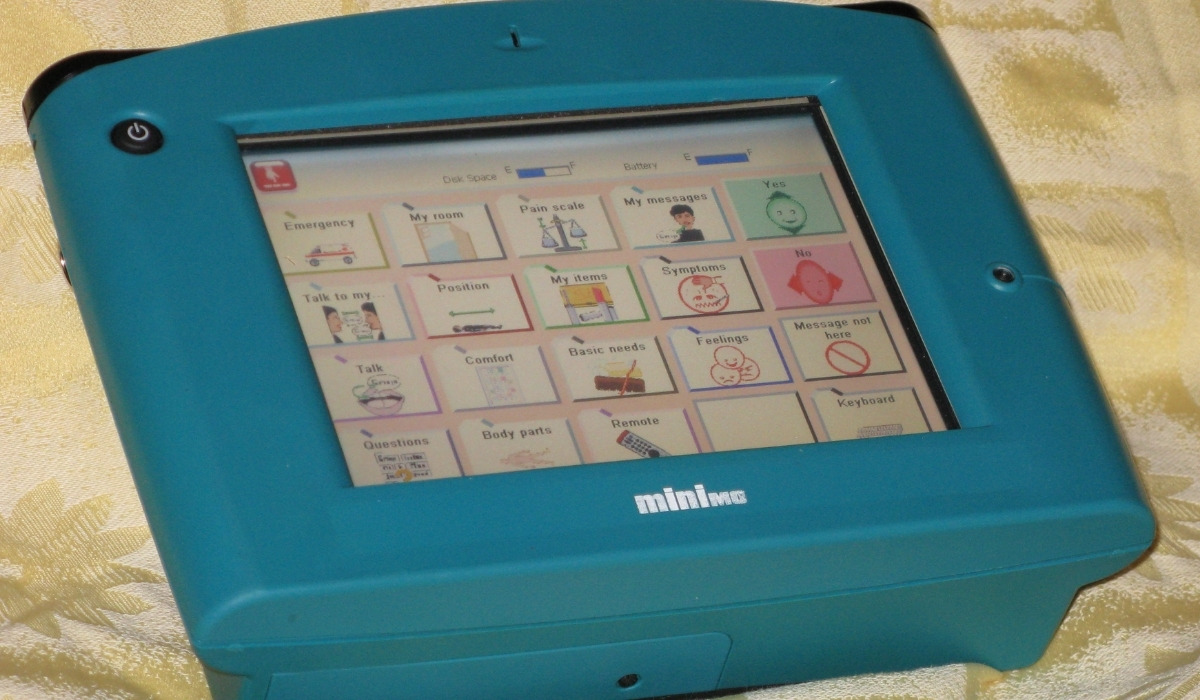Key Points:
- The autism picture exchange communication system (PECS) helps nonverbal and minimally verbal individuals communicate using pictures.
- PECS is taught in structured phases, starting with basic requests and moving toward more complex communication.
- Parents and caregivers play a key role in reinforcing PECS at home, leading to more consistent communication success.
When a child struggles to express themselves, everyday moments can become frustrating—for both the child and those who care for them. For many families navigating autism, finding an effective way to communicate is a life-changing milestone. That’s where the autism picture exchange communication system, or PECS, comes in. This tool has opened doors for kids with autism by giving them a voice through pictures.
Is The Picture Exchange Communication System Effective For Autism?
Yes, it is. The autism picture exchange communication system has been shown to be highly effective, especially for children who are nonverbal or have limited speech. It helps individuals express needs, wants, and even emotions by using pictures instead of spoken words.
PECS isn’t just about showing a picture—it’s about learning how to initiate communication. That distinction makes all the difference. Instead of waiting for someone to guess what they want, children are empowered to reach out, hand over a picture, and make their needs known. Over time, this simple act can lead to real conversation, better behavior, and more connection.
What is The Autism Picture Exchange Communication System?
The Picture Exchange Communication System (PECS) is a structured communication program designed to help individuals with autism learn to communicate using visual symbols. It was developed in the 1980s and is now used worldwide as a reliable method to build foundational communication skills.
PECS uses a collection of pictures or symbols—often stored in a binder or communication book—that a child can choose from and hand to a communication partner. For example, if a child wants a cookie, they would select a picture of a cookie and give it to an adult. That adult then honors the request by giving the cookie and saying the word out loud, reinforcing the connection between the picture and the spoken word.
How PECS Works
PECS is taught in six sequential phases, each designed to build on the one before it. These steps are carefully structured so the child gains both understanding and independence in their communication.
Here’s how the PECS process typically unfolds:
Phase I: How to Communicate
The child learns to exchange a single picture for a desired item. This is the foundation of all future steps.
Phase II: Distance and Persistence
The child practices using pictures in different settings and with different people, learning to seek out their communication partner.
Phase III: Picture Discrimination
The child learns to choose between two or more pictures to request what they want.
Phase IV: Sentence Structure
Using a sentence strip (like “I want ___”), the child starts forming basic picture-based sentences.
Phase V: Answering Questions
The child learns to answer simple questions like “What do you want?” by constructing picture-based responses.
Phase VI: Commenting
Communication becomes more dynamic as the child starts to comment on things in their environment using picture phrases like “I see ___” or “I hear ___.”
Each phase is tailored to the child’s readiness, and progress is often supported by trained professionals, such as speech-language pathologists or ABA therapists.
Who Can Benefit From PECS?
While PECS is often associated with nonverbal children on the autism spectrum, it’s actually beneficial for a wide range of communication needs. It’s commonly used with:
- Children with autism who are nonverbal or have limited speech
- Children who speak but struggle to initiate or structure communication
- Individuals with developmental delays or other speech impairments
- Older individuals with limited verbal ability who are learning new communication strategies
The autism picture exchange communication system is flexible and can be adapted for various ages and developmental levels. It doesn’t require advanced motor skills or reading ability, which makes it accessible to many.
 What are The Benefits of PECS for Autistic Individuals?
What are The Benefits of PECS for Autistic Individuals?
PECS offers more than just a communication tool—it opens the door to better emotional regulation, improved social interaction, and increased confidence.
Benefits of PECS include:
- Reduced frustration and challenging behavior: When children can express themselves clearly, they’re less likely to become upset or act out.
- Greater independence: PECS encourages children to take initiative in getting their needs met.
- Improved learning readiness: Communication is foundational to learning. PECS supports engagement in school and therapy settings.
- Stronger relationships: When a child can communicate, relationships with parents, siblings, and peers improve naturally.
- Foundation for future communication methods: Many children who start with PECS later develop verbal speech, use speech-generating devices, or transition to written communication.
How Can Parents Support PECS At Home?
Parents and caregivers play a vital role in the success of the autism picture exchange communication system. PECS works best when it’s used consistently across environments—not just in therapy or school, but at home too.
Ways parents can help include:
- Use the system daily: Create opportunities for your child to use their PECS book throughout the day—at meals, during play, or when going out.
- Stay patient and encouraging: Communication is a skill, and it takes time. Celebrate small successes and keep expectations realistic.
- Model picture use: Occasionally use pictures yourself to show how the system works, reinforcing its purpose.
- Work with your child’s therapists: Collaborate with professionals to align your home routine with therapy goals.
Is PECS A Long-Term Solution?
PECS is often a stepping stone toward more complex or independent communication. Some children continue using it long-term, while others eventually transition to speech, sign language, or digital communication devices.
It’s important to remember that communication is the goal—not just speech. If PECS provides that bridge, even temporarily, it can make an enormous difference in a child’s development and quality of life. For more insights on tools that support communication, especially for individuals on the spectrum, don’t miss our article Best AAC Devices for Autism Communication. And if you’re also exploring how autism presents differently across individuals, particularly in adults, be sure to check out our article Asperger’s in Men: Symptoms, Signs, and Diagnosis.
What Training is Required To Use PECS?
While parents can begin using basic PECS strategies at home, formal training from a PECS-certified professional is highly recommended, especially in the early phases. This ensures that the program is introduced correctly and tailored to the child’s needs.
PECS is most successful when supported by:
- Speech-language pathologists
- ABA therapists
- Special education teachers
- Trained caregivers
Professional support helps ensure that progress is steady and meaningful while preventing common pitfalls, like reinforcing incorrect picture use or skipping developmental steps.
Discover Life-Changing Support With Spirit ABA
If you’re looking for support in helping your child build communication skills—whether through PECS or other evidence-based methods—Spirit ABA is here to help. We specialize in ABA therapy in Colorado, Iowa, and Nebraska, and we understand the unique challenges and strengths of every child with autism.
Our team works closely with families to develop therapy plans that include communication strategies tailored to your child’s needs. Whether your child is just beginning to use PECS or is ready to transition to other forms of communication, we can guide you every step of the way.
Get in touch with us today to learn how ABA therapy can empower your child’s communication journey—and support your family with compassionate, professional care.


